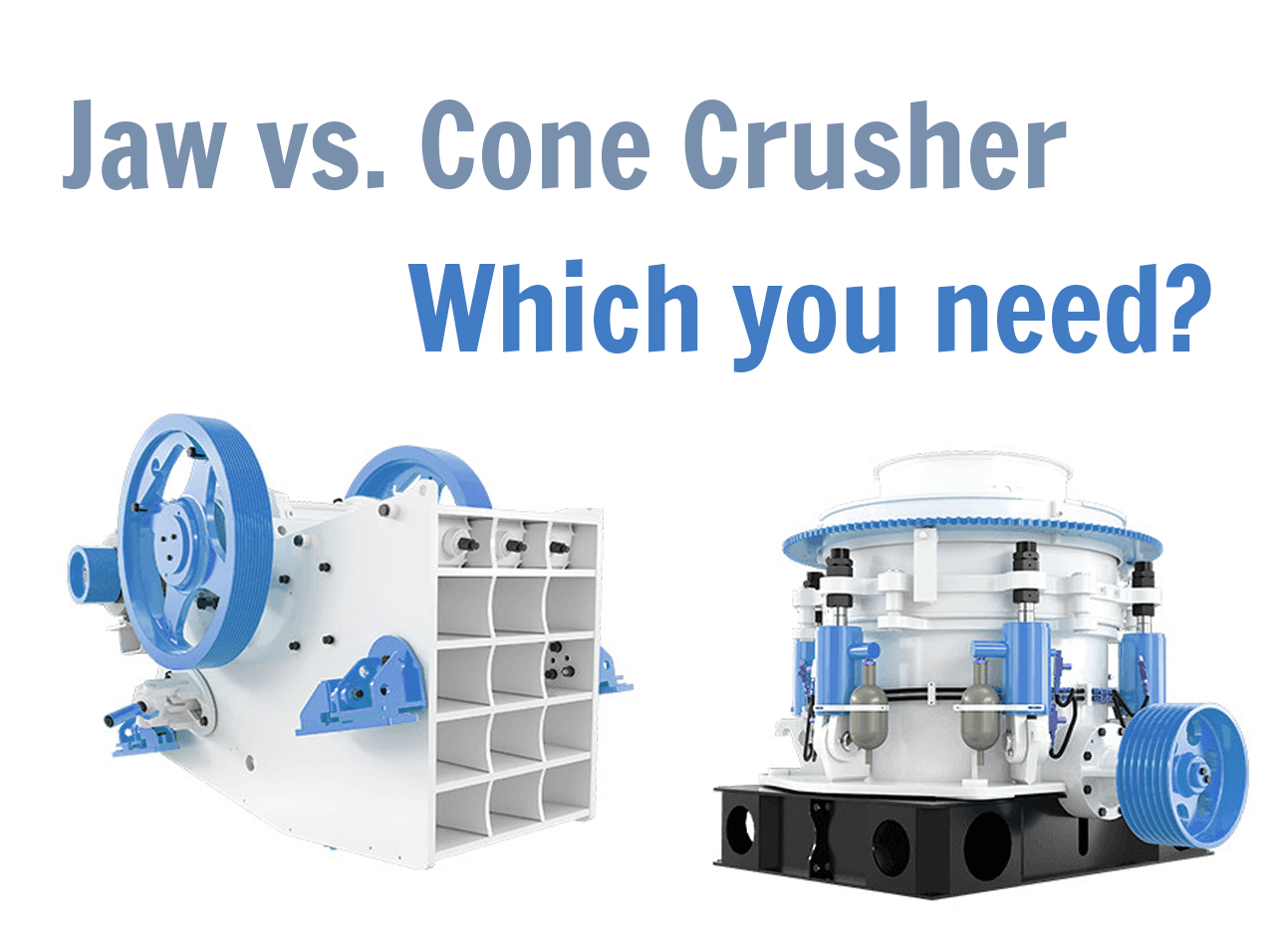Granite is a coarse-grained intrusive igneous rock primarily composed of quartz, alkali feldspar, and plagioclase. Formed through the slow crystallization of silica- and alkali-rich magma beneath Earth’s surface, it constitutes a major component of continental crust. Granite typically occurs in igneous intrusions ranging from small dikes (centimeter-scale) to massive batholiths spanning hundreds of square kilometers. Its characteristic granular texture and mineral composition make it one of the most recognizable and widely utilized rocks in construction and monument building.

TL;DR
Core Decision Factors
Jaw crushers emerge as the preferred solution for operations prioritizing capital efficiency and flexibility. Their robust design handles large feed materials up to 1500mm with relatively simple maintenance requirements, making them ideal for mobile crushing plants and projects with constrained budgets. The significant cost advantage comes with tradeoffs in product shape and throughput capacity compared to cone crushers.
Cone crushers demonstrate clear superiority in high-volume granite processing scenarios. Their interparticle crushing action produces consistently cubical aggregates exceeding 80% cubicle content, while achieving throughput rates above 500 tons per hour that jaw crushers cannot match. The slower compression movement and more even wear distribution extend component life by approximately 30% in continuous operations, offsetting their higher initial investment over time.
Technical Comparison
When evaluating wear part economics, cone crushers maintain an advantage in long-term granite processing with manganese steel liners typically lasting 1.5-2 times longer than jaw crusher equivalents. However, jaw crushers offer faster replacement cycles (4-6 hours vs 8-12 hours for cone crushers) that can prove decisive in time-sensitive projects.
Power consumption analysis reveals another critical difference - cone crushers operate more efficiently at 1.8-2.2 kWh/ton compared to jaw crushers' 2.5-3.2 kWh/ton for similar granite reduction ratios. This energy advantage becomes increasingly significant as electricity costs rise and environmental regulations tighten.
Strategic Recommendations
For complete granite processing plants, many operators adopt a hybrid approach. Primary jaw crushing handles initial size reduction from quarry-run material, followed by secondary cone crushing for final shaping and sizing. This configuration balances the strengths of both technologies while optimizing total cost of ownership across the production chain.
Key Parameter Comparison (Granite Application)
| Comparison Item | Jaw Crusher | Cone Crusher |
|---|---|---|
| Compressive Strength Adaptability | ≤350MPa (requires manganese steel liners) | ≤400MPa (high-chrome iron concaves) |
| Typical Feed Size | ≤1500mm | ≤500mm (requires primary jaw crushing) |
| Discharge Opening Range | 50-200mm (coarse crushing) | 10-50mm (medium/fine crushing) |
| Capacity (t/h) | 200-1500 | 500-3000 |
| Flakiness Content in Product | 15-25% | <10% |
| Wear Parts Lifespan | Liners: 500-800 hours | Concaves: 1200-1500 hours |
| Energy Consumption (kWh/t) | 0.8-1.5 | 0.6-1.2 |
The financial comparison between jaw and cone crushers reveals distinct cost profiles over equipment lifespan. Jaw crushers offer immediate capital expenditure advantages, with initial purchase and installation costs approximately 50% lower than comparable cone crushers. This makes them particularly attractive for short-term projects under three years duration. However, their higher wear rates on granite applications lead to significantly increased maintenance costs, causing total ownership expenses to converge with cone crushers by the third operational year.
Cone crushers demonstrate their economic superiority in long-term granite processing scenarios. While requiring greater upfront investment, their slower wear progression and more efficient power utilization create compounding savings. Financial models show cone crushers overtaking jaw crushers in cost-effectiveness beginning in the fourth year of continuous operation, with the advantage growing progressively over time. The break-even point typically occurs between 12,000-15,000 operating hours depending on granite abrasiveness.
Operators should consider several hidden cost factors in their evaluation. Cone crushers' superior product shape reduces downstream processing costs by 15-20% in concrete aggregate production. Their consistent gradation also decreases waste material, improving overall yield by 5-8%. These secondary benefits further enhance the long-term value proposition of cone crushers for permanent installations.
Crusher Selection Decision Tree for Hard Rock Processing
The selection process begins with fundamental material characteristics. When processing raw feed exceeding 1000mm in size, jaw crushers or gyratory crushers become mandatory choices due to their superior intake capacity and robust construction. These primary crushers effectively handle the initial size reduction that smaller equipment cannot accommodate.
Throughput requirements serve as the next critical decision point. Operations demanding capacities above 500 tons per hour should prioritize cone crushers, which maintain better efficiency and product consistency at high production rates. Below this threshold, product shape specifications become the determining factor - projects requiring less than 10% flaky aggregate content benefit from cone crushers' interparticle crushing action that produces superior cubicity.
Budget considerations finalize the selection for remaining scenarios. Capital-constrained projects below 3 million RMB typically opt for jaw crushers, accepting their higher operating costs in exchange for lower initial investment. Operations with sufficient funding should select cone crushers regardless of other factors, as their long-term economic benefits outweigh the additional upfront expenditure in most hard rock applications.
This systematic approach balances technical requirements with financial realities, ensuring optimal crusher selection for each unique operational context. The decision tree accounts for the most impactful variables while maintaining practical applicability for quarry managers and processing plant designers.
Jaw crushers for large feed sizes or tight budgets
Cone crushers for high capacity or premium product shape
Gyratory crushers for extra-large primary crushing